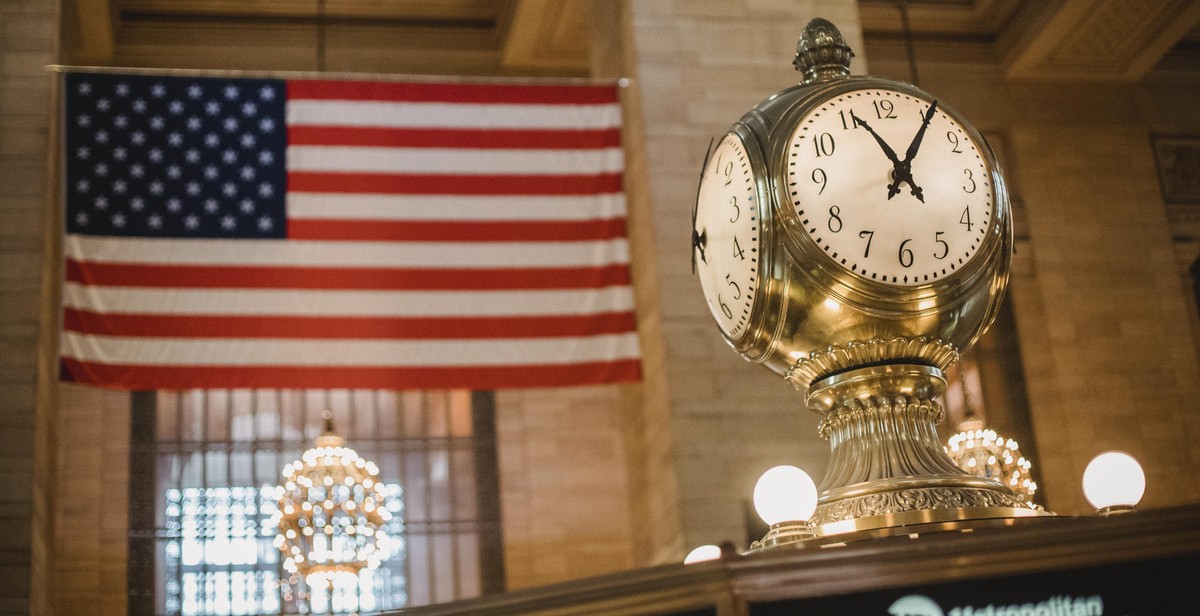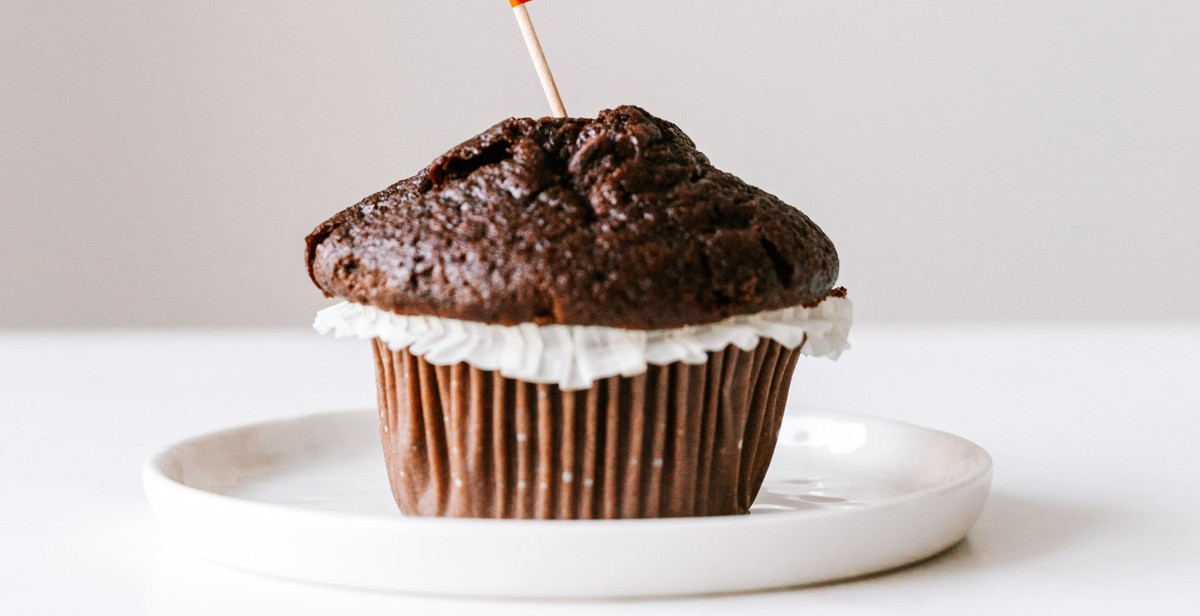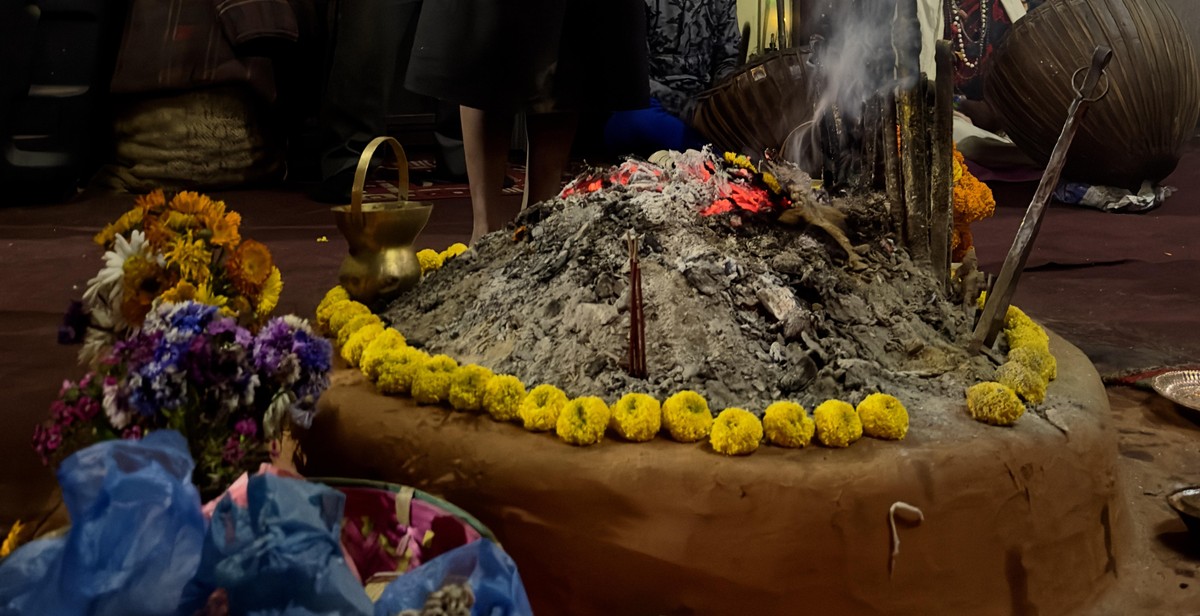How to Organize a Central American Food Festival: Planning, Recipes, and Decorations
If you’re a food lover like me, you know there’s nothing quite like discovering the unique flavors of a new cuisine. Central American cuisine is a delicious blend of indigenous ingredients, Spanish influences, and African and Caribbean flavors. From pupusas in El Salvador to gallo pinto in Costa Rica, the dishes of Central America are sure to delight your taste buds.
If you’re looking to organize a Central American food festival, there are a few things you need to consider. In this article, I’ll share my personal experience and tips on planning, recipes, and decorations to make your event a success. We’ll cover:
- Choosing a location and date
- Creating a budget
- Finding vendors and volunteers
- Menu planning and recipe ideas
- Decorating with Central American flair
Whether you’re planning a small gathering or a large festival, these tips will help you create an unforgettable event that celebrates the delicious and diverse cuisine of Central America. Let’s get started!

Why Organize a Central American Food Festival?
Organizing a Central American food festival is a great way to celebrate the diverse culture of the region. Central America is a melting pot of different cultures and traditions, and food is a big part of that. A food festival is an excellent opportunity to showcase the unique flavors and ingredients that make Central American cuisine so special.
Celebrate Culture
Central American food is a reflection of the region’s history and culture. Each country has its own traditional dishes and cooking techniques that have been passed down from generation to generation. By organizing a Central American food festival, you can bring these different cultures together and celebrate the diversity of the region.
A food festival is also a great way to educate people about the history and traditions of Central America. You can use the festival as an opportunity to provide information about the different countries, their cultures, and their food. This can help people gain a better understanding and appreciation of the region.
Expose People to New Flavors
One of the great things about organizing a Central American food festival is that you can expose people to new and exciting flavors. Many people are not familiar with Central American cuisine and may have never tried it before. By organizing a food festival, you can introduce people to new ingredients, spices, and cooking techniques.
Exposing people to new flavors is not only fun, but it can also be educational. You can use the festival as an opportunity to explain the different ingredients and spices used in Central American cuisine and how they are traditionally prepared. This can help people broaden their culinary horizons and inspire them to try new things.
| Reasons to Organize a Central American Food Festival |
|---|
| Celebrate the diverse culture of the region |
| Bring different cultures together |
| Educate people about the history and traditions of Central America |
| Expose people to new and exciting flavors |
| Broaden people’s culinary horizons |

Planning the Festival
Organizing a Central American food festival requires careful planning. Here are the essential steps to follow:
Choosing a Location
The location of the festival is crucial to its success. Look for a venue that is easily accessible and has enough space to accommodate the vendors and attendees. Consider factors such as parking, public transportation, and the availability of amenities like restrooms and electricity. Indoor venues like convention centers or outdoor spaces like parks or plazas can be great options depending on the size of the festival. Make sure to obtain any necessary permits or licenses from the local authorities.
Setting a Budget
Creating a budget is critical to the success of the festival. Consider all the expenses involved, such as venue rental, vendor fees, marketing, and staff costs. Set realistic revenue goals and determine the ticket price accordingly. Remember to allocate funds for unexpected expenses that may arise.
Selecting the Date and Time
Choosing the right date and time for the festival is crucial. Consider factors such as weather, holidays, and other events that may conflict with your festival. Weekends are usually the best time for festivals as people tend to have more free time. Keep in mind that the festival may require several days for setup and teardown, so plan accordingly.
Inviting Vendors and Performers
The vendors and performers are the heart of the festival. Reach out to local restaurants, food trucks, and other food-related businesses to participate in the festival. Consider inviting musicians, dancers, and other performers to provide entertainment. Make sure to provide clear guidelines and requirements for vendors and performers, including deadlines for applications and payments.
By following these steps, you can plan a successful Central American food festival that will be enjoyed by all attendees.
Recipes for the Festival
Appetizers
Appetizers are a great way to start any Central American food festival. Here are three delicious options:
- Pupusas: This Salvadoran dish is a must-have at any Central American food festival. It’s a thick, stuffed corn tortilla filled with beans, cheese, and/or meat. Serve with a side of curtido, a pickled cabbage slaw.
- Tostones: These crispy, fried plantain slices are a popular appetizer in many Central American countries. Serve with a side of chimichurri sauce for dipping.
- Empanadas: These savory pastries are filled with meat, cheese, vegetables, or a combination of all three. They’re a staple in many Central American countries and are sure to be a hit at your festival.
Entrees
Entrees are the main attraction at any Central American food festival. Here are three crowd-pleasing options:
- Gallo Pinto: This classic Costa Rican dish is made with rice and black beans, and is usually served with a side of fried plantains and/or eggs.
- Ceviche: This seafood dish is popular in many Central American countries, including Mexico, Peru, and Costa Rica. It’s made with raw fish that’s marinated in citrus juices and served with onions, cilantro, and avocado.
- Carne Asada: This grilled beef dish is a staple in many Central American countries, including Nicaragua, El Salvador, and Guatemala. Serve with a side of rice, beans, and/or salad.
Desserts
No meal is complete without dessert! Here are three sweet options to end your Central American food festival:
- Tres Leches Cake: This moist, sponge cake is soaked in three types of milk and is a favorite in many Central American countries, including Nicaragua, Honduras, and Guatemala.
- Arroz Con Leche: This creamy rice pudding is a comforting dessert that’s popular in many Central American countries, including Mexico, El Salvador, and Costa Rica.
- Platanos Fritos: These fried plantains are a simple, yet delicious dessert that’s popular in many Central American countries. Serve with a side of vanilla ice cream for a tasty treat.
| Recipe | Ingredients | |||||||||||||
|---|---|---|---|---|---|---|---|---|---|---|---|---|---|---|
| Pupusas | corn flour, water, refried beans, cheese, pork, cabbage, carrots, vinegar, oregano, salt and pepper | |||||||||||||
| Tostones | green plantains, oil, salt | |||||||||||||
| Empanadas | flour, butter, salt, ground beef, onion, garlic, cumin, paprika, chili powder, green olives, raisins, egg, water | |||||||||||||
| Gallo Pinto | rice, black beans, onion, garlic, bell pepper, cilantro, salt, pepper, lime juice | |||||||||||||
| Ceviche | raw fish, lime juice, red onion, cilantro, jalapeño, salt, pepper, avocado | |||||||||||||
| Carne Asada | beef, garlic, lime juice, orange juice, soy sauce, cumin, salt, pepper | |||||||||||||
| Tres Leches Cake | flour, sugar, baking powder, salt, eggs, milk, vanilla, evaporated milk, condensed milk, heavy cream | |||||||||||||
| Arroz Con Leche | rice, water, cinnamon sticks, salt, milk, sugar, vanilla extract, raisins | |||||||||||||
Platanos
Decorations for the FestivalOne of the most important aspects of any festival is the decorations. They set the mood and tone for the event, and can make all the difference in creating an immersive experience for attendees. When it comes to a Central American food festival, there are a few key decoration elements that can really make the event stand out. Color SchemeCentral America is known for its vibrant and bold colors, so incorporating these into the festival’s color scheme is a must. Bright oranges, yellows, greens, and blues can all work well together to create a festive atmosphere. Consider using colorful tablecloths, banners, and flags to add pops of color throughout the event space. Traditional DecorationsIncorporating traditional Central American decorations can help to create an authentic atmosphere at the festival. For example, papel picado (cut paper banners) can be hung throughout the event space to add a festive touch. Additionally, woven textiles and baskets can be used as table centerpieces or to decorate the stage area. Music and EntertainmentNo festival is complete without music and entertainment, and a Central American food festival is no exception. Consider hiring a live band to play traditional music from the region, or bringing in dancers to showcase traditional dance styles. Additionally, having a photo booth area with props can be a fun way for attendees to capture memories of the event.
ConclusionOrganizing a Central American food festival can be a daunting task, but with proper planning, recipes, and decorations, it can be a great success. Start by creating a budget and timeline, then choose the right venue and vendors. Consider the demographics of your target audience and select the appropriate menu items. When it comes to recipes, there are plenty of traditional dishes to choose from, including pupusas, tamales, and ceviche. Don’t be afraid to get creative and offer fusion dishes that incorporate other flavors and ingredients. And don’t forget to include vegetarian and gluten-free options for those with dietary restrictions. Decorations can also play a big role in the success of your event. Use bright colors and traditional patterns to create a festive atmosphere. Incorporate traditional elements such as piñatas, papel picado, and maracas to really immerse your guests in the Central American culture. Overall, organizing a Central American food festival can be a challenging yet rewarding experience. By following these tips and putting in the effort, you can create an unforgettable event that celebrates the rich culinary and cultural traditions of Central America. References:
|

